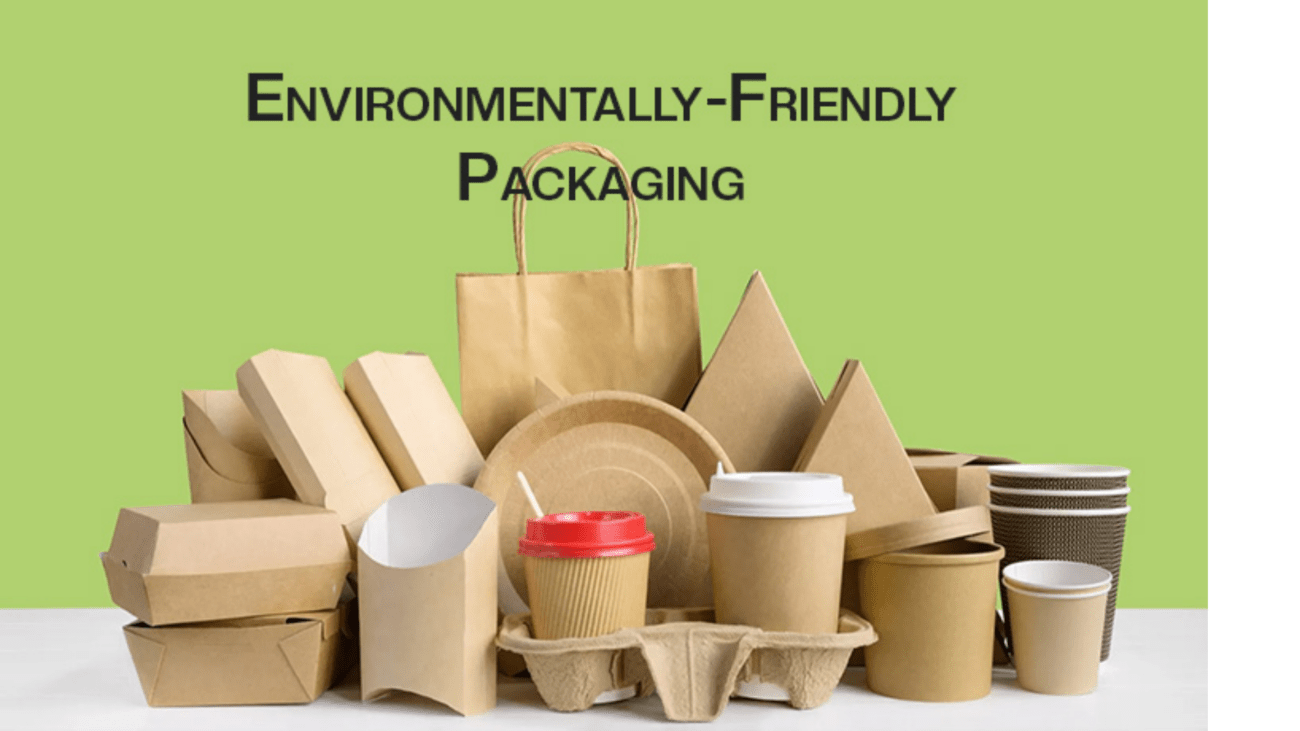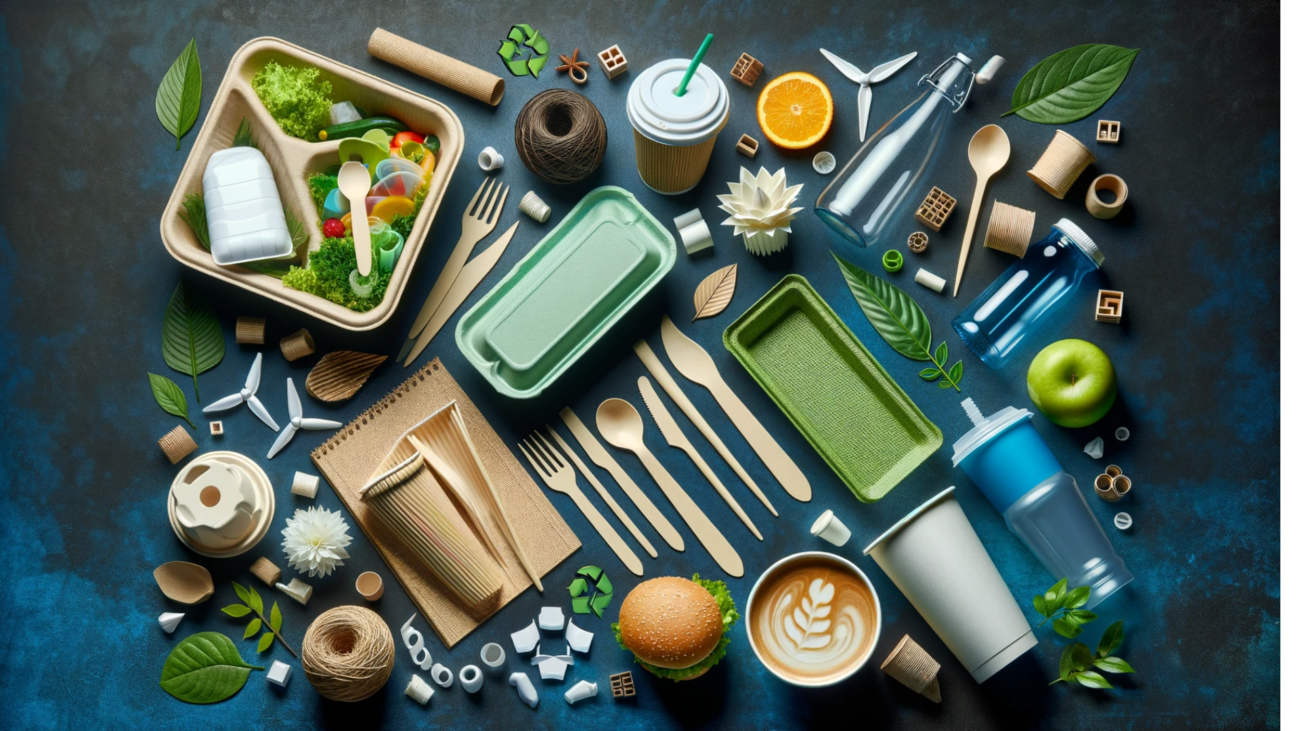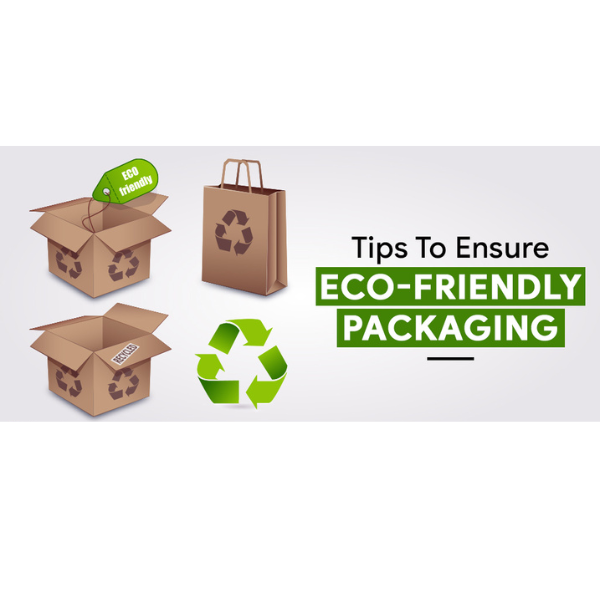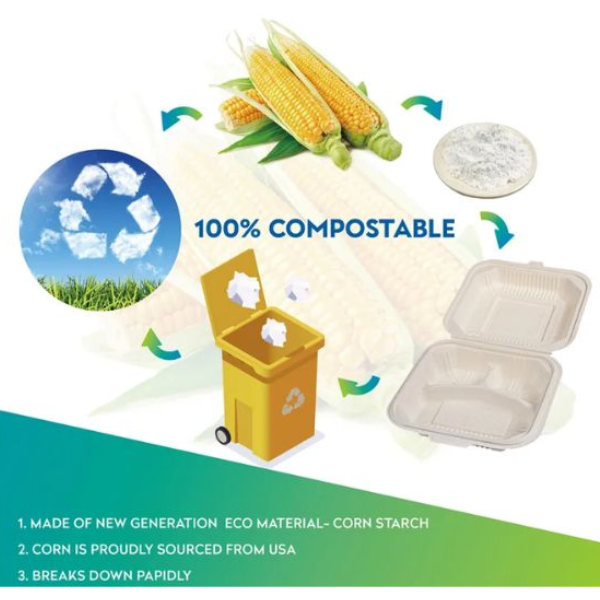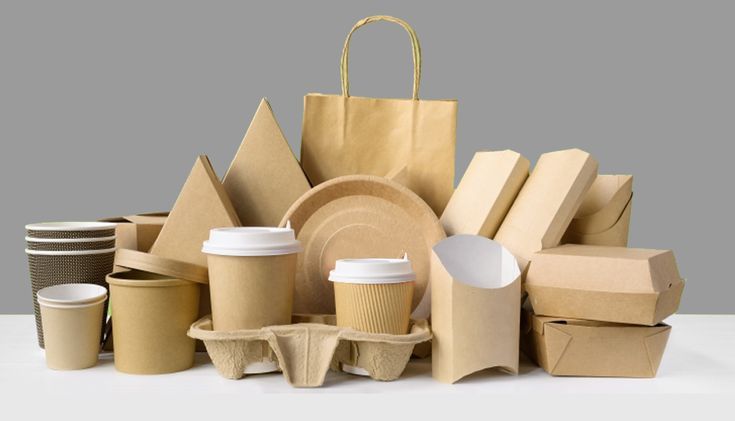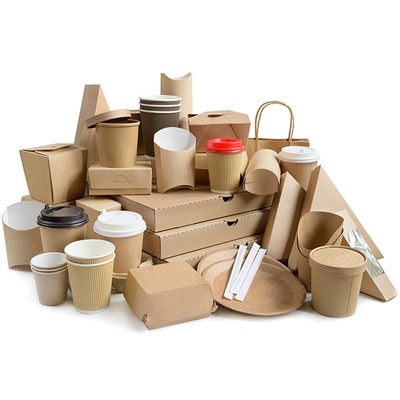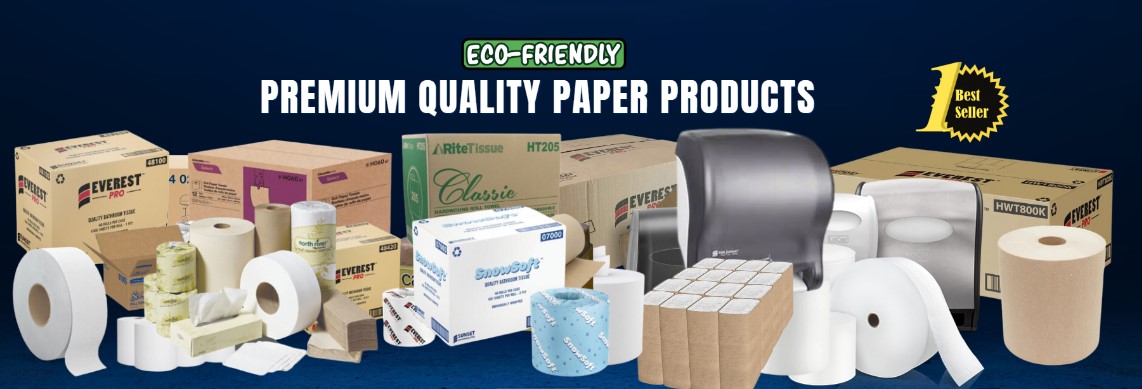Selecting the Best Packaging Materials for Freshness and Safety
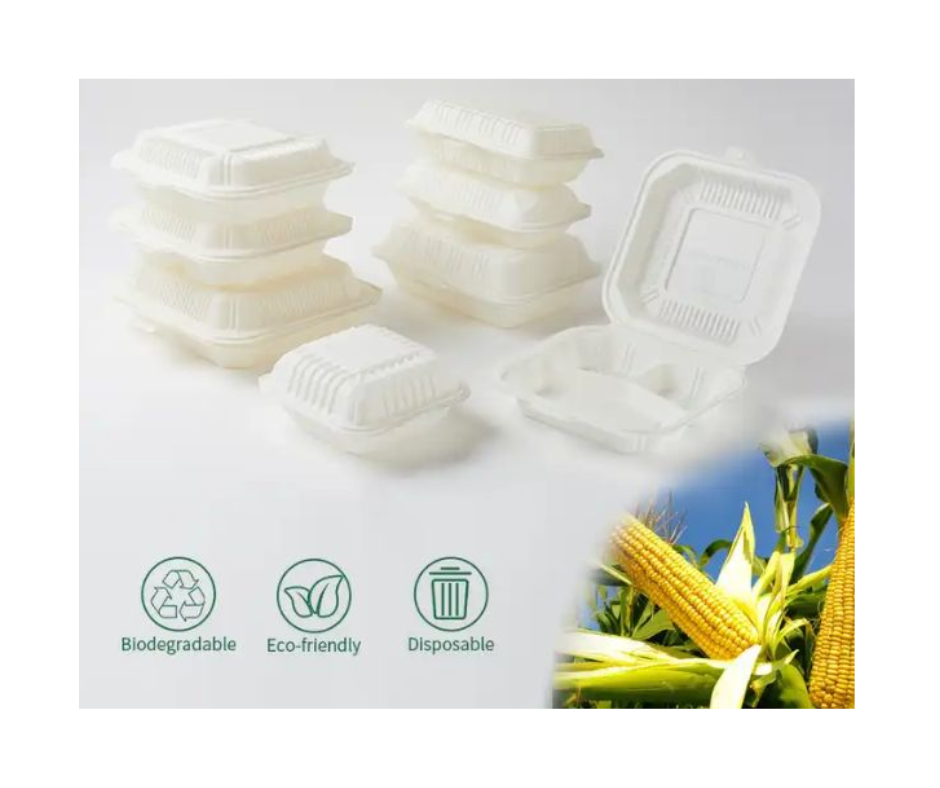
Selecting the Best Packaging Materials for Freshness and Safety
As a leading food packaging distributor in Ontario, we understand that selecting the right packaging materials is crucial for maintaining food freshness and ensuring safety. In a market that demands both high-quality and sustainable solutions, it’s essential to stay informed about the latest innovations and best practices in packaging. This guide will walk you through the key factors to consider and highlight some of the most effective packaging materials available today.
Why Packaging Matters: The Role of Freshness and Safety
The Importance of Packaging
Packaging is not just about aesthetics—it’s a fundamental aspect of food safety and quality. Proper packaging protects food from contaminants, preserves its freshness, and extends its shelf life. It also plays a role in maintaining the nutritional value, taste, and texture of the food, making it essential for both consumer satisfaction and regulatory compliance.
Key Considerations for Packaging Selection
When choosing packaging materials, consider the following factors:
- Product Type: Different foods have unique needs based on their perishability and sensitivity.
- Shelf Life: Packaging should help extend the shelf life while maintaining product quality.
- Regulatory Compliance: Ensure that packaging materials meet all food safety regulations.
- Environmental Impact: Opt for sustainable solutions that align with growing consumer demand for eco-friendly products.
Top Packaging Materials for Freshness and Safety
1. Barrier Films and Laminates
Protecting Your Products
Barrier films and laminates are designed to protect food from environmental factors such as oxygen, moisture, and light. These
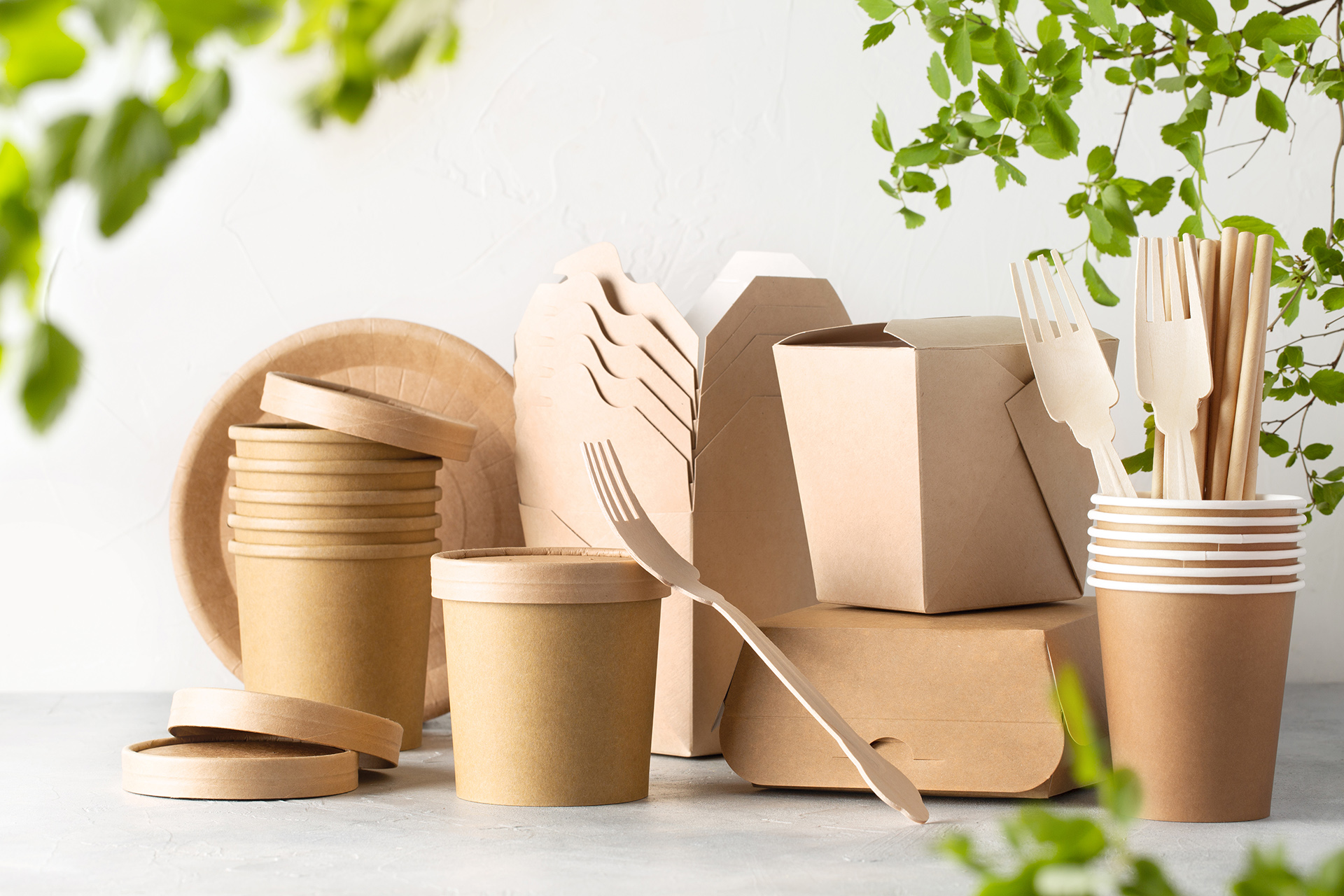
materials create a protective barrier that helps maintain freshness and prevent spoilage.
Benefits:
- Extended Shelf Life: Reduces spoilage and keeps food fresh for longer periods.
- Enhanced Protection: Shields products from external elements.
- Versatility: Available in flexible pouches, vacuum-sealed bags, and other forms.
Examples: Metallized films, multi-layer laminates, and vacuum-sealed bags.
2. Food-Grade Plastics
Reliable and Versatile
Food-grade plastics are widely used due to their durability and flexibility. They provide excellent protection against moisture and chemicals and are safe for direct contact with food.
Benefits:
- Durability: Strong and resistant to damage during handling and transportation.
- Convenience: Lightweight and easy to use.
- Recyclability: Many options are recyclable, supporting sustainability efforts.
Examples: High-density polyethylene (HDPE), low-density polyethylene (LDPE), and polypropylene (PP).
3. Glass Packaging
A Timeless Choice
Glass packaging remains a popular option due to its ability to preserve the quality of food. It is non-reactive, meaning it won’t interact with the food, ensuring that flavors and nutrients remain intact.
Benefits:
- Non-Reactive: Does not alter the taste or quality of the food.
- Recyclability: Glass can be recycled indefinitely, reducing environmental impact.
- Visibility: Clear glass allows consumers to see the product inside.
Examples: Glass jars, bottles, and containers.
4. Compostable and Biodegradable Materials
Sustainable Solutions
With increasing environmental awareness, compostable and biodegradable packaging materials are gaining traction. These materials are designed to break down naturally, reducing waste and supporting sustainability.
Benefits:
- Environmental Impact: Reduces landfill waste and supports composting initiatives.
- Consumer Appeal: Aligns with the growing demand for eco-friendly products.
- Versatility: Suitable for a range of food products and applications.
Examples: Compostable trays, plant-based bags, and biodegradable films.
5. Metal Packaging
Robust and Protective
Metal packaging, such as cans and tins, provides a robust barrier against external elements and is ideal for preserving the quality of canned and jarred foods.
Benefits:
- Durability: Strong and resistant to damage and tampering.
- Extended Shelf Life: Keeps food fresh and prevents spoilage.
- Recyclability: Metals like aluminum and steel are highly recyclable.
Examples: Aluminum cans, tinplate cans, and metal lids.
Tips for Choosing the Right Packaging Materials
1. Assess Your Product’s Needs
Understand the specific requirements of your product, including its sensitivity to environmental conditions and its intended shelf life. Choose materials that meet these needs to ensure optimal freshness and safety.
2. Ensure Regulatory Compliance
Verify that your chosen packaging materials comply with relevant food safety regulations and standards. This includes ensuring that materials are approved for food contact and meet any necessary labeling requirements.
3. Consider Sustainability
Incorporate sustainability into your packaging strategy by selecting materials that are recyclable, compostable, or made from recycled content. This approach not only benefits the environment but also aligns with consumer preferences for green products.
4. Test for Compatibility
Before fully committing to a packaging material, conduct tests to ensure it maintains the quality and safety of your product. Evaluate factors such as seal integrity, barrier properties, and resistance to contamination.
Conclusion: Making Informed Packaging Decisions
Choosing the best packaging materials is crucial for ensuring that your food products remain fresh, safe, and appealing to consumers. By understanding the benefits of various materials, considering regulatory and environmental factors, and testing for compatibility, you can make informed decisions that enhance product quality and meet market demands.
Call-to-Action: Evaluate your current packaging solutions and explore new options to improve freshness and safety while aligning with sustainability goals.

